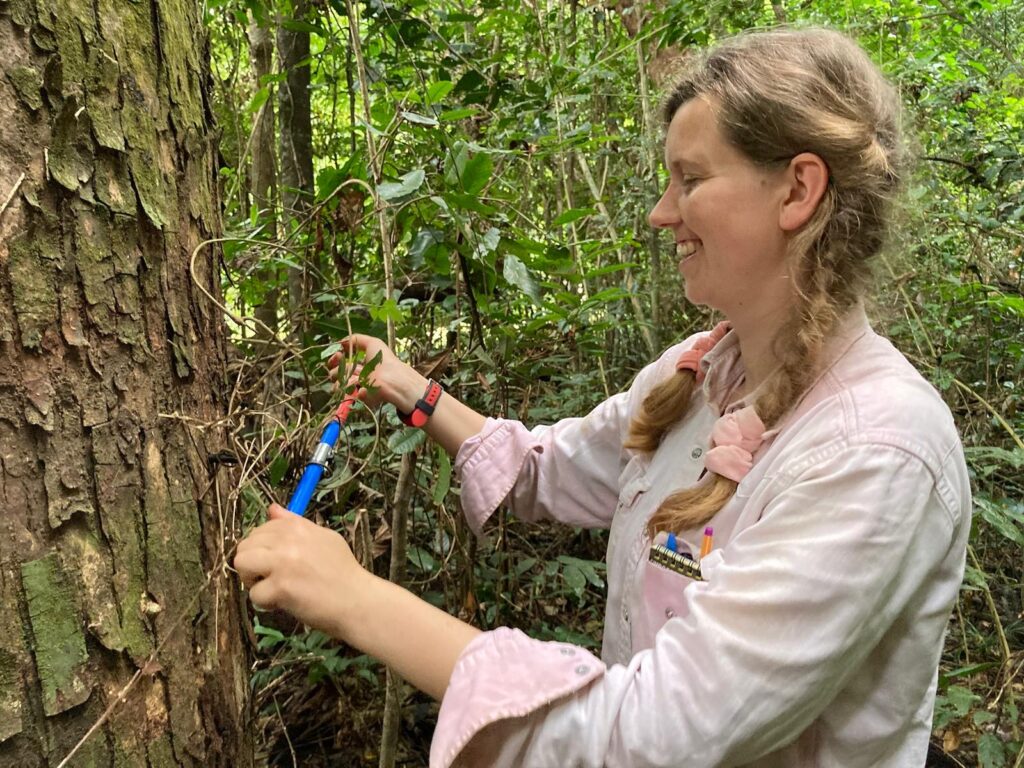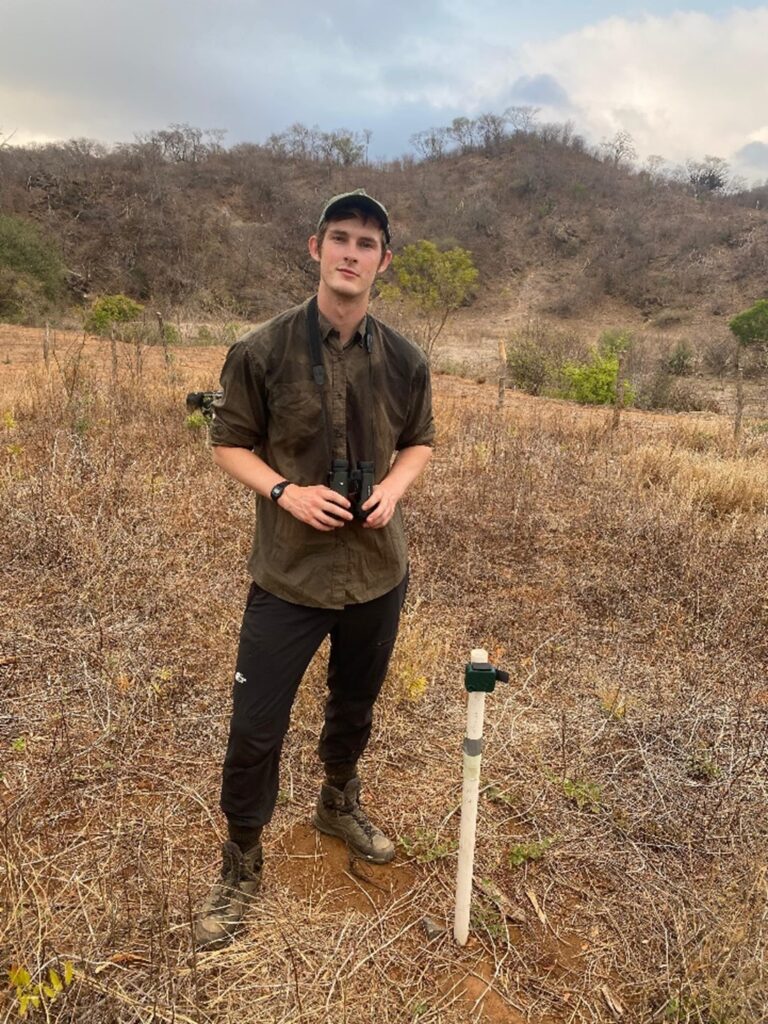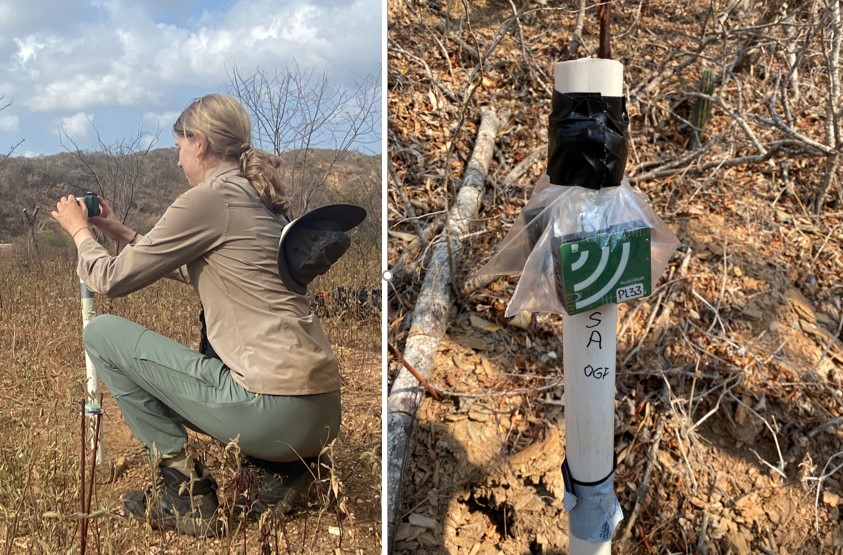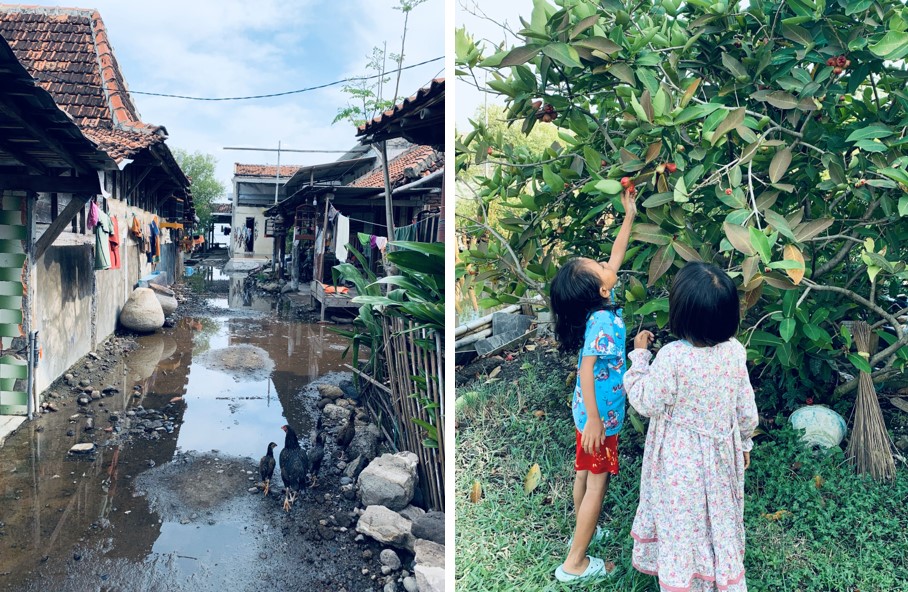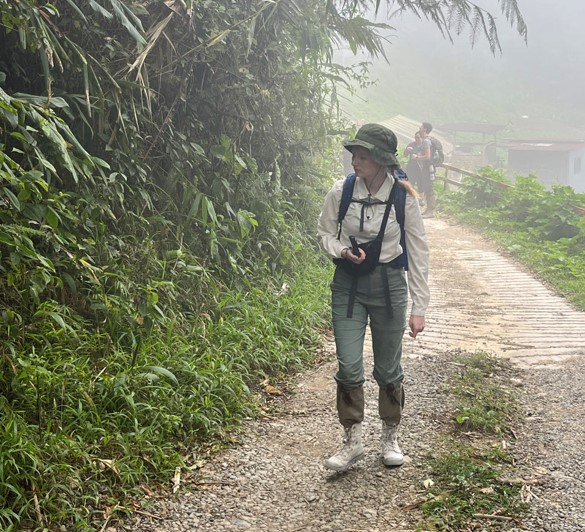
Berber Zandstra – Discovering species diversity and ecology of Sabah’s Aristolochiaceae
Wageningen University & Research – Leerstoelgroep Biosystematiek
De Aristolochiaceae (pijpbloemen) familie vormt een belangrijke waardplant voor de kwetsbare Kinabalu vogelvlinder (Troides andromache) in Sabah (Maleisisch Borneo). De lianen van Aristolochia soorten worden door de inheemse volken van Sabah gebruikt voor medicinale doeleinden. Hoewel deze plantenfamilie een belangrijke ecologische en medicinale functie bekleedt, is er niet veel bekend over de verspreiding en diversiteit in Sabah. Ik ging met veel enthousiasme naar Borneo om hierin verandering te brengen. Mijn onderzoeksgebied bevond zich in laagland regenwouden tot op het topje van Mt. Kinabalu, de hoogste berg van Maleisië (4000m). Op deze manier wilde ik erachter komen welke soorten op welke hoogte voorkwamen. Verder heb ik ook nog gekeken naar het effect van ultramafische bodems (zware metalen) op de soortdiversiteit van deze familie. Gelukkig heb ik heel wat data kunnen verzamelen: ik heb van 172 planten een DNA sample genomen en 55 herbarium specimens gemaakt. Ook ben ik langs meerdere herbaria in Sabah langs geweest om DNA samples te verzamelen van hun Aristolochiaceae specimens. Een zeer geslaagd veldwerk! Nu nog de data analyse om zo de definitieve soorten te bepalen met DNA barcoding en een mooie fylogenetische boom te maken. Ik had mijn onderzoek nooit kunnen uitvoeren door de gulle bijdrage van de KNBV en ons behulpzame team. Hartelijk bedankt!


